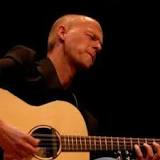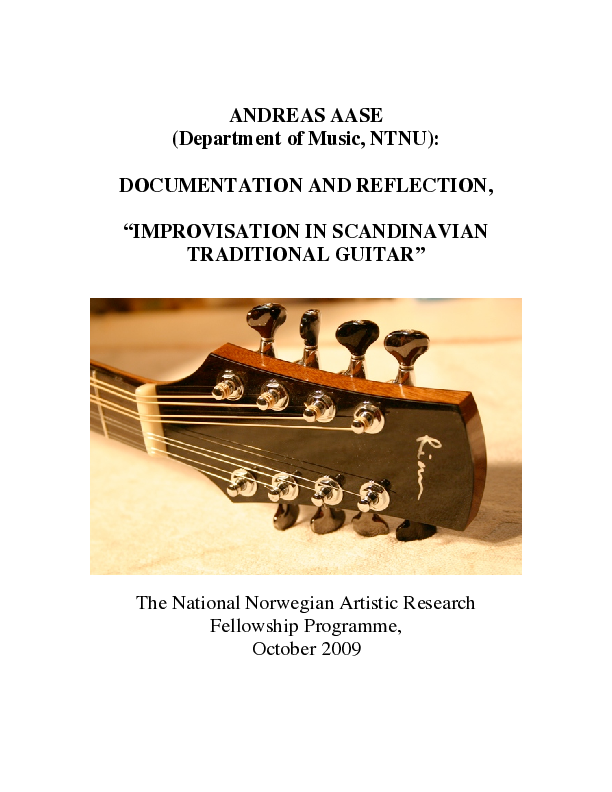Can pieces of dance tunes from Nordic folk music, organized according to principles from jazz, provide source material for building an improvisation language?
Scandinavian folk music traditionally used for dancing consists of melodies, organized in a limited amount of measures and sections (typically two or three eight-bar sections, played with repeats). The organizing principle in ensemble playing is for every musician to learn the melody first, and to let each following contribution be dictated by it. Variations in arrangements occur frequently in modern-day interplay, with harmony parts, chord changes, counter rhythms and dynamics meticulously employed in order to avoid monotony. But interpretation of the melody remains the main activity.
The ability for creativity on the spot is big among folk musicians, though it is seemingly framed by the strategies discussed above. I have yet to come across a methodical investigation of using material from traditional tunes as a musical vocabulary for improvisation. Consulting supervisors from the folk and jazz genres, I try to use source elements from the folk repertoire while employing organizing principles from jazz. As I present these ideas on several instruments, and over rhythmic foundations in a slightly modernized folk idiom, I’ll try to encourage the use of these ideas in contexts not necessarily associated with traditional music. The project seeks to encourage participation, and may possibly work as tutorial material.

